A journey through Assam’s Hoollongapar Gibbon Sanctuary in search of the only ape native to India.

In an isolated nook of North-East India, wrapped in semi-evergreen forests, guarded by tall Hoollong trees (Dipterocarpus macrocarpus) and the sound of birds echoing everywhere, one can suddenly be startled with a weird yet exotic chant. In the unique Hoollongapar Gibbon Sanctuary, that strange chant will drift from one tree to another, hidden away in the dense canopy. A keen eye could glimpse a figure with a deep black coat swinging from tree to tree. This is India’s only ape – the hoolock gibbon. If you happen to see an orange coat instead, it is a female Hoolock gibbon, one of many that can be found high atop the trees.
Hoollongapar is dedicated to the conservation of hoolock gibbons, and is also home to 6 other primate species. Formerly known as Hoollong forest, this region turned into a reserve forest in 1881 and then declared a sanctuary in 1997. Spread over 21 sq.km, this sanctuary is a prime habitat of the Western Hoolock gibbon – an endangered species according to IUCN’s Red List. Situated around 20 km away from Jorhat town, this sanctuary houses seven primates of our country – Assam macaque, pig-tailed macaque, stump tailed Macaque, rhesus macaque, capped langur, western hoolock gibbon and the extremely rare and nocturnal Bengal slow loris.
The sanctuary offers a unique safari experience. The walking safari entails following trails on forest paths where Malayan giant squirrels, and occasional pugmarks of leopards keep one company.
Denne historien er fra SAEVUS JUNE-AUGUST 2018-utgaven av Saevus.
Start din 7-dagers gratis prøveperiode på Magzter GOLD for å få tilgang til tusenvis av utvalgte premiumhistorier og 9000+ magasiner og aviser.
Allerede abonnent ? Logg på
Denne historien er fra SAEVUS JUNE-AUGUST 2018-utgaven av Saevus.
Start din 7-dagers gratis prøveperiode på Magzter GOLD for å få tilgang til tusenvis av utvalgte premiumhistorier og 9000+ magasiner og aviser.
Allerede abonnent? Logg på

Staying ALIVE!
The importance of getting to the root causes of conflict with wildlife, is essential. Its mitigation will guarantee the very survival of all species.
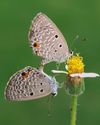
Frames from the WILD
A few amazing shots from a horde of incredible ones!
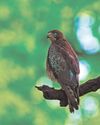
WAKE UP!
A frightening thought a world without wildlife, mornings without birdsong, and all that we take for granted! We must realise the dangers threatening the beauteous green world and its inhabitants around us!

Dolphin DILEMMA!
A crucial article to highlight the significance, and plight of Our riverine friends.
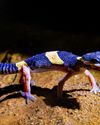
Gecko Quest!
The authors take us on the trail of a gecko from West Bengal, through the hills of the Bankura district.
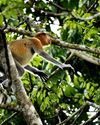
Endangered EXOTICA!
The author takes us on an exotic ride into the forests of Malaysia, allowing us glimpses of the beauties of its wildlife!
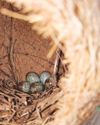
Mellifluous Magpie!
Immerse yourselves in the world of the musical and glorious Magpie Robin! The authors help acquaint us with this beautiful bird.
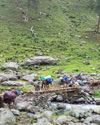
Think Different!
The author brings to us the very real concern for the horses employed around pilgrimage sites in India.
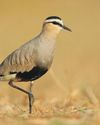
Take Heed!
The authors make a case for the conservation of the rare and lesser-known Sociable Lapwing.

Close Encounters!
The author introduces us to two amazing yet very different bird species, showing us the diversity of our ecosystems,